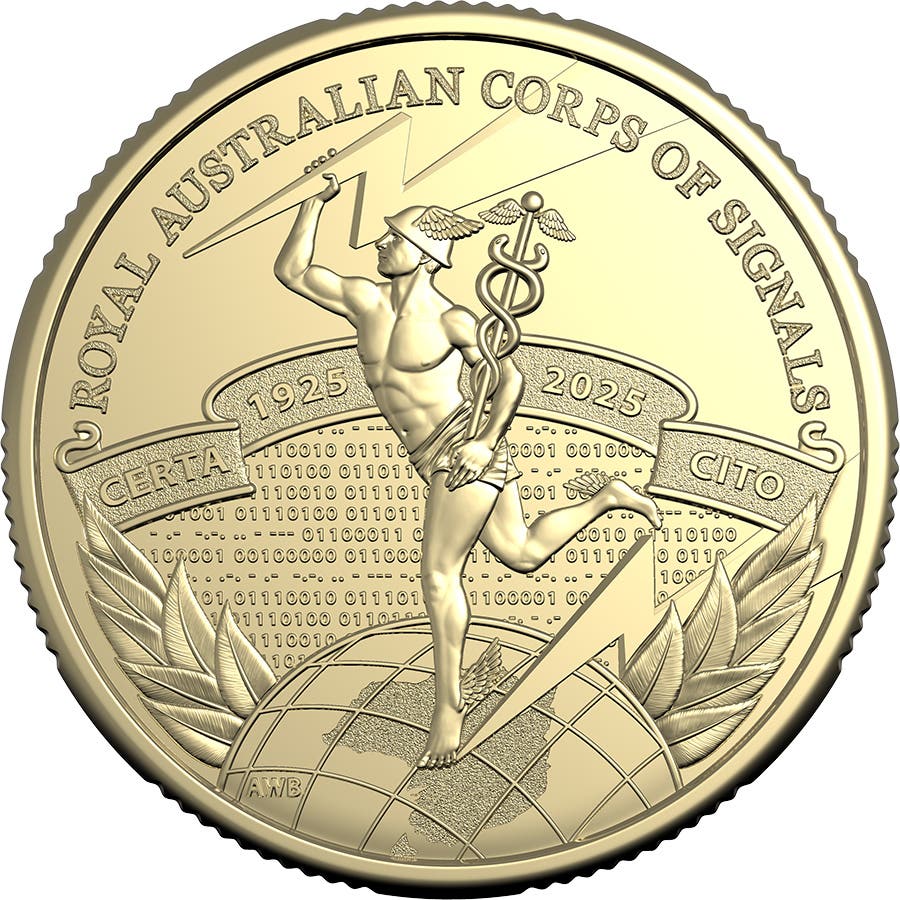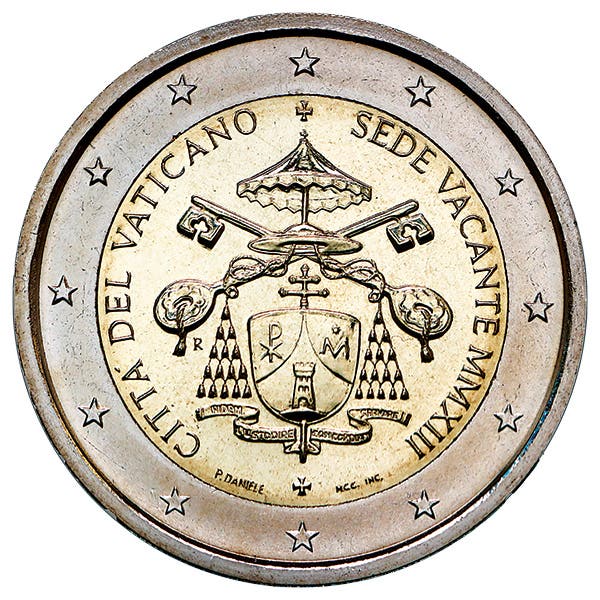Concluding The Queen’s Beasts Series
In 2016 the British Royal Mint began The Queen’s Beasts Collection; 2016 also marked Her Majesty as the longest reigning living monarch. The beasts chosen for the coin series are…
In 2016 the British Royal Mint began The Queen’s Beasts Collection; 2016 also marked Her Majesty as the longest reigning living monarch. The beasts chosen for the coin series are inspired by the statues commissioned for the Queen’s coronation day in 1953 that now guard the entrance to Westminster Abbey. The animals all represent pivotal moments in British history and the heritage of Her Majesty.
Jody Clark designed the coins and had the impressive task of making the depictions of the beasts just as imposing as the statues they were inspired by. One way he did this was to keep the eyes blank, rather than adding more detail, which would soften the overall look of the coin. He also worked to create a sense of movement in each of the coins to make them appear bold as well as dynamic.
On the coins, each beast is also paired with a corresponding coat of arms. The Lion of England is seen in a fighting pose holding a shield with the Royal Arms of the United Kingdom. Next released in the series was the Unicorn of Scotland, with a coronet around its neck and a shield depicting the Royal Arms of Scotland. The Red Dragon of Wales appeared next. The dragon was adopted as a symbol of Welsh heritage by Henry VII. The Black Bull of Clarence came next, a symbol of power and strength with a shield of French golden lilies added by Edward III in his attempt to support his claim to the French throne. Fifth in the series was The Falcon of the Plantagenets. The falcon can be seen holding a shield with the personal badge of Edward IV. The Yale of Beaufort was a symbol of Lady Margaret Beaufort, mother to Henry VII. The mythical beast can be seen guarding a shield depicting a portcullis, which is also part of the arms of Westminster City Council. Seventh was the White Lion of Mortimer, holding a shield with the “white rose en soleil,” a combination of two badges: Edward IV’s and Richard III’s. This lion is also uncrowned, unlike the Lion of England. The White Horse of Hanover appeared next. The horse faces right to ensure it is not mixed up with the unicorn. The detailed shield represents England, Scotland, Ireland, and France, as well as the House of Hanover. The White Greyhound of Richmond came next, known for its fitness, skill, and loyalty. Completing the lineup of individual beast coins, the Griffin was the tenth coin released in the series. The griffin has been seen as a symbol of English heraldry since the twelfth century.
Finally, all the beasts were brought together onto a completer coin. The ten beasts circle the portrait of Her Majesty the Queen, bringing together the years of history and symbolism of the British monarchy. The silver proof coin was struck in .999 Fine Silver, with a weight of 31.2 grams and a diameter of 38.61mm. The coin was also released in a gold proof and a Cupro-Nickel, which only costs £13.








